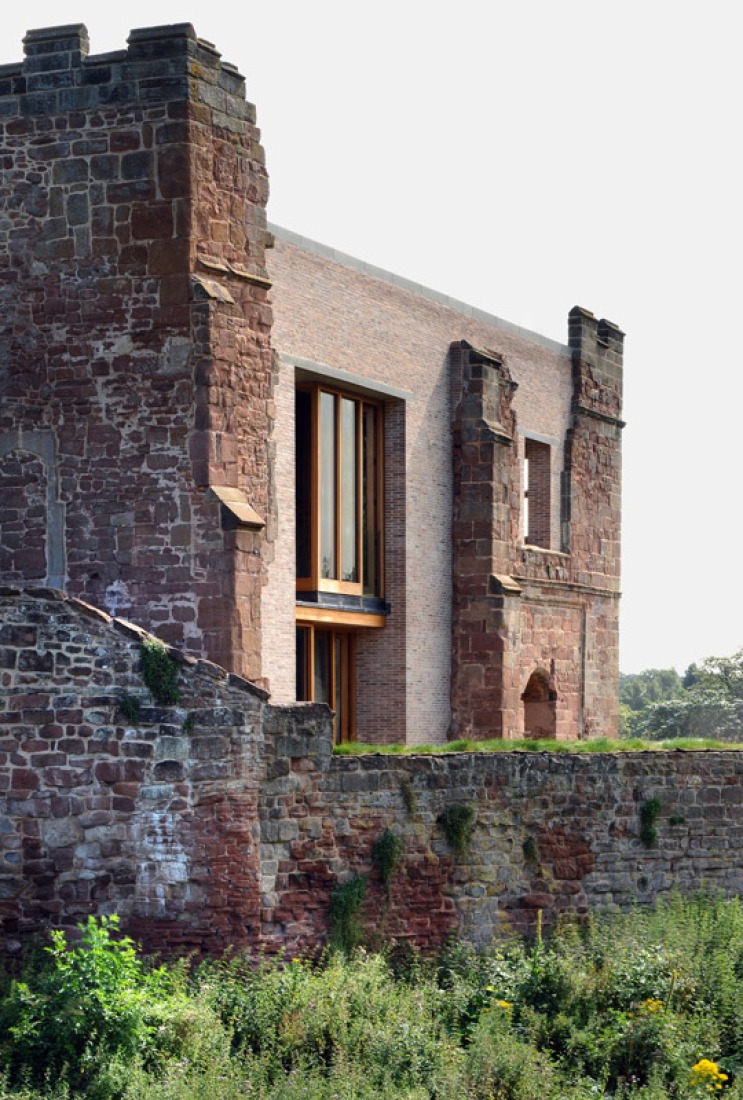Today the RIBA Awards have been announced in London with two awarded projects:
- Astley Castle by Witherford Watson Mann Architects with the RIBA Stirling Prize 2013.
- Cooled Conservatories, Gardens by the Bay (Architect: Wilkinson Eyre Landscape Architect: Grant Associates) with the RIBA Lubetkin Prize 2013.
For further details, please, visit RIBA's official page.
RIBA Awards have been running continuously since 1966 and are judged and presented locally.
No matter the shape, size, budget or location, RIBA Award winning-schemes set the standard for great architecture all across the country.
RIBA Awards in the UK are for buildings by RIBA Chartered Architects and RIBA International Fellows. Winners of RIBA regional awards, known by a local name e.g. the RIBA Hadrian Awards in the north east of England, are considered for RIBA Awards. Winners of RIBA Awards are considered for the RIBA Stirling Prize.
RIBA Awards in the European Union are for buildings by RIBA Chartered Architects only. Winners are also considered for the RIBA Stirling Prize.
Project Sypnosis.
This sensitive scheme places the new building at the heart of the old, demonstrating creativity, preservation and conservation.
In a 12th century fortified manor, further damaged by fire in 1978, the architects have created a new house that allows Landmark Trust guests to experience life in a near thousand-year-old castle with distinctly 21st century mod cons.
Astley Castle demonstrates that working within sensitive historic contexts requires far more than the specialist skills of the conservation architect: this is an important piece of architecture, beautifully detailed and crafted. The decision to put the bedrooms and bathrooms on the groundfloor and the communal spaces above makes the experience of the house very special as perhaps the most impressive spaces are the outdoor Tudor and Jacobean ruins.
Location details.- Astley Castle sits on a site originally owned by the Astley family in the 12th century, in Nuneaton, north Warwickshire.
Architect: Witherford Watson Mann Architects
Client: The Landmark Trust
RIBA International Awards are for buildings outside the EU by RIBA Chartered Architects and RIBA International Fellows. Winners are considered for the RIBA Lubetkin Prize.
Project Sypnosis.
The Gardens by the Bay are an outstanding example of sustainability in action, not only representing best practice but also communicating important messages about these issues to a wide public.
Two contrasting glasshouses covering more than two hectares (making them the biggest climate-controlled greenhouses in the world) feature a dry Mediterranean climate in the shallow inverted bowl, and a cooler, moist environment in the conical structure complete with a ‘mountain’ down which a waterfall descends, raising humidity levels and supporting the lush vertical planting – and a helical walk that winds in and out of a series of exhibitions about climate change.
Both biomes comprise a superstructure of radial steel ribs paired with a steel gridshell forming the substructure. Low-energy glass lets in 64% of the light but admits only 38% of the corresponding solar gain.
The judging process:
Regions appoint a shortlisting panel of architects who visit all the schemes entered and then meet to produce a list of buildings to be visited by the regional jury.
Every year a new regional jury is appointed jointly by the Awards Group and the regions/nations (Scotland, Northern Ireland and Wales). Each regional jury is made up of:
— A regional representative who is appointed by the region or nation.
— A lay assessor from various disciplines who is appointed by the Awards Group.
— The jury chair, an architect appointed by the Awards Group who chairs the shortlisting panel. Specialist advisors on conservation and sustainability may be appointed to help with the judging of regional special awards.
Visits to the shortlisted projects involve talking to clients and users and assessing design excellence.
The judges look at:
— Complexity of brief.
— Quality of detailing.
— Invention / originality.
— Sustainability.
— Social factors.
— 'Firmness, commodity and delight'.
— Budget.
— Size.
— Type of contract.
— Client satisfaction.































